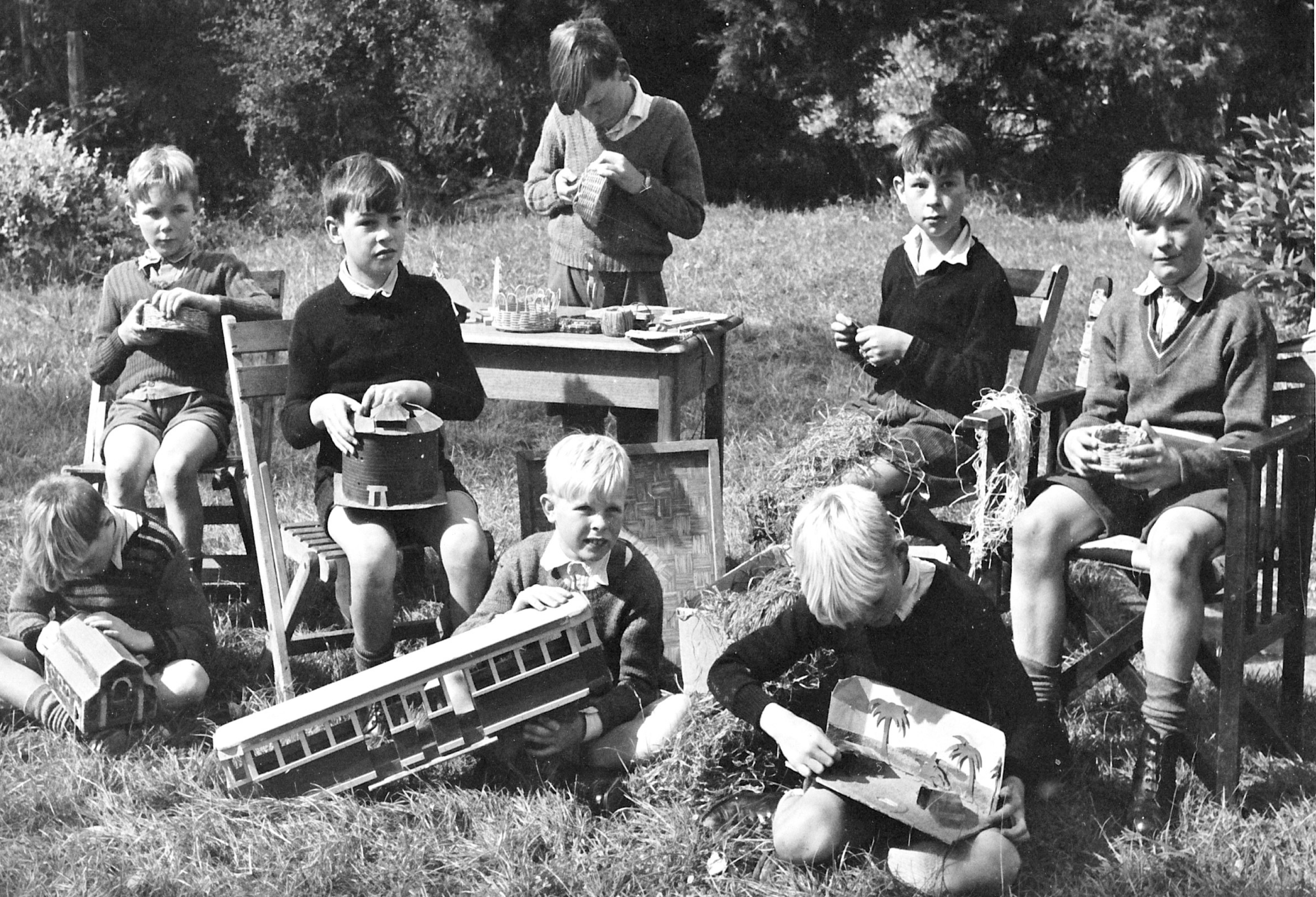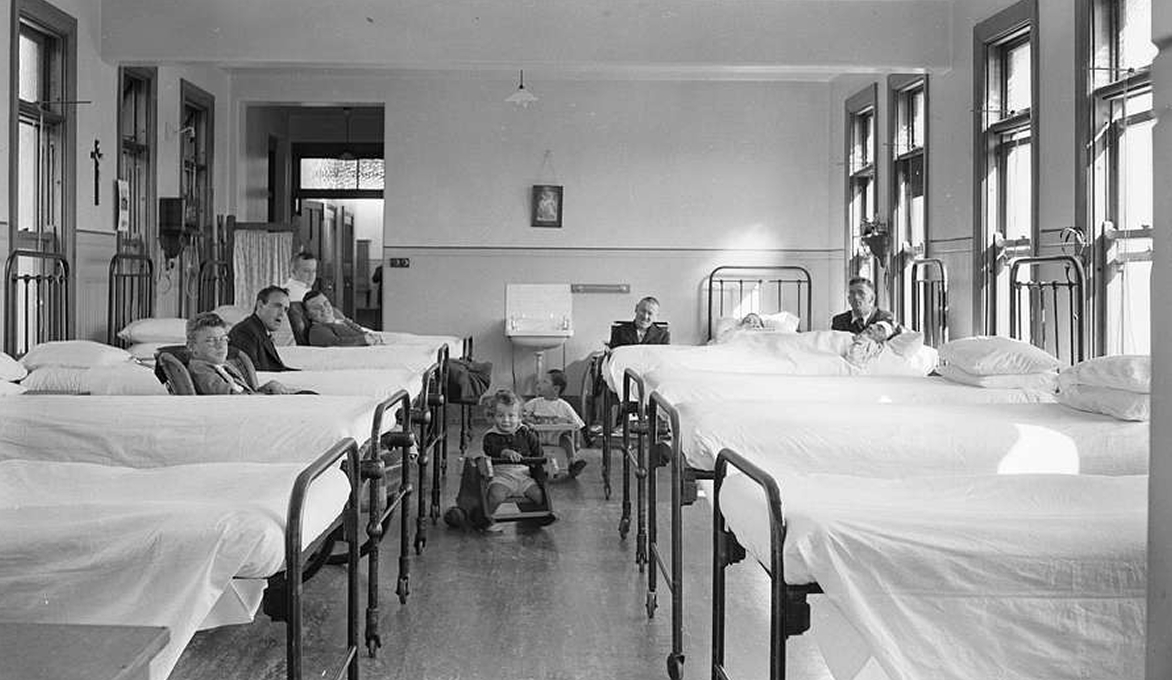The Forgotten
Australian experience
The Senate Committee reported that they had “...received hundreds of graphic and disturbing accounts about the treatment and care experienced by children in out-of-home care… Their stories outlined a litany of emotional, physical and sexual abuse, and often criminal physical and sexual assault…. neglect, humiliation and deprivation of food, education and healthcare.”

There was a systemic failure by governments and providers to give children care and protection.
Separation, abandonment and loss of family
These children suffered from deep and lasting feelings of separation and abandonment. The loss of family, usually including separation from siblings, caused grief, feelings of isolation, guilt, self-blame and confusion about their identity.
Deception
Many children were told (untruthfully) that their parents were dead or did not care about them. Parents were told that their children had been moved or had misbehaved and could not be visited.
Neglect and exploitation
The 2004 Senate report also revealed a history of neglect and cruelty by institutional staff and management, of abandonment and exploitation that left the victims, Forgotten Australians and child migrants, physically and psychologically scarred. Physical deprivation was common. Children were cold and hungry. Hard physical labour was part of their daily lives. Demeaning and difficult tasks were given as punishments.
Sustained brutality
Punishments for trivial offences or perceived disobedience could be harsh and cruel; severe physical attacks and beatings are reported by many. Alternatively, children were locked in a cupboard or a cell in solitary confinement or made to stand for many hours in one position. Bed-wetting was punished with beatings, cold showers and humiliations, e.g. parading naked past others. Some children were subjected to genital shocks with electrical diodes.
Sexual assault
Large numbers of these children experienced sexual abuse and assault. This came most commonly from the ‘carers’ themselves, but also from visitors to the orphanage and from other children.
Poor health care, including
denial of dental care
The Senate Inquiry heard many stories “of minimal medical attention… and often lack of or late treatment of injury or illness for which many care leavers have suffered long term complications. Dental health was also poor.” (Forgotten Australians, p.111). Some children also suffered long-term physical consequences of ill-treatment or abuse.
Denial of educational opportunity
Children in institutions typically received a sub-standard education. Children commonly did the domestic work involved in running the orphanage, cleaning and cooking for long hours, and many were put to work earning income for the institution. Children as young as eight worked on farms or in laundries run by the institution. Evidently, children who are abused or neglected, who have untreated health problems or who are subjected to constant accusations of stupidity and worthlessness, find it difficult to concentrate in a learning environment.
Removal / loss of identity
Children’s names were often changed to suit the institution, and personal records are generally sparse. Many children were told their parents were dead (often untrue) or had abandoned them (when parents had been refused visiting rights). Children were told they were bad, worthless and in need of reshaping. It was easier to change behaviour and suppress their own personalities than to risk the punishments that came to ‘bad’ children.
Indigenous Forgotten Australians
Many Indigenous children were among the Forgotten Australians, losing their connection with their culture and land.
Drug testing
In some institutions, new drugs were tested on children.
Lack of post-care support
At around 15, most young people left institutions with few resources or life skills, often with functional difficulties resulting from their experiences. The transition period proved very difficult and led to many adopting criminal habits to survive.
